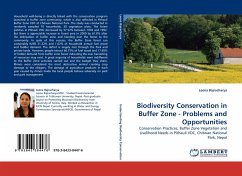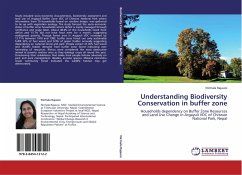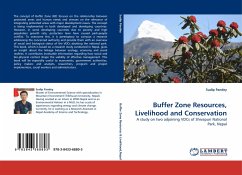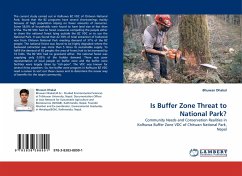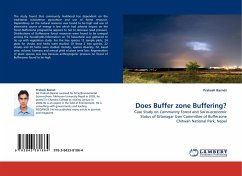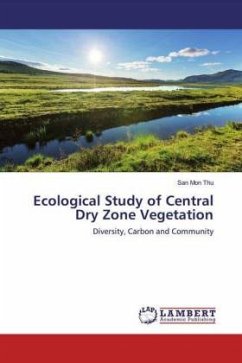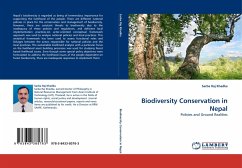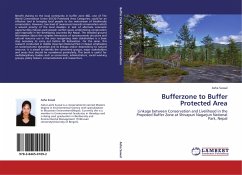Household well-being is directly linked with the conservation program launched in buffer zone community, which is also reflected in Pithauli Buffer Zone VDC of Chitwan National Park. The study was conducted in randomly sampled 70 households, 30 vegetation plots. The forest patches in Pithauli VDC decreased by 37.52% between 1978 and 1992. But there is appreciable increase in forest area in 2000 by 61.8% after the delineation of buffer zone and handing over the forest to the community. In spite of this success, the Buffer Zone forest can sustainably fulfill 31.32% and 1.02% of household annual fuel wood and fodder demand. The deficit is largely met through the Park and private lands. However; people extract 66.75% of fuel wood and 17.65% of fodder demand from buffer zone forest indicating the over harvesting of resources may exist. A great majority of households were indifferent to the Buffer Zone activities carried out and the budget they share. Rhinos were considered the most destructive animal creating crop damage to the villagers. The damage of agriculture products in each year caused by rhinos made the local people behave adversely on park and park management.
Bitte wählen Sie Ihr Anliegen aus.
Rechnungen
Retourenschein anfordern
Bestellstatus
Storno

